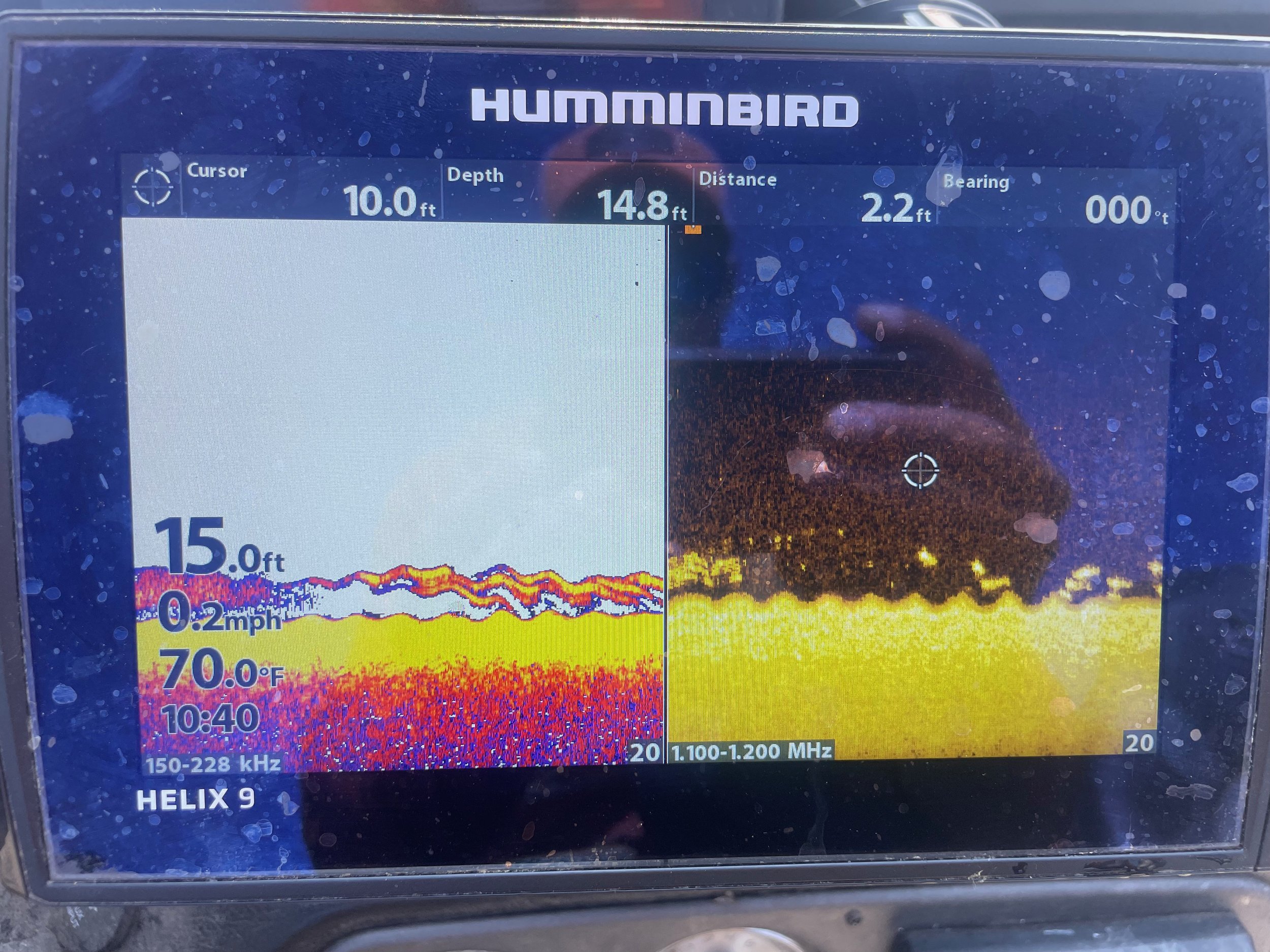It had to happen eventually, the heat on Lake Winnie’s “BOILING HOT” walleye bite has been reduced to a simmer. Our guests and fellow anglers are still bringing in fish, but at a slower pace than we enjoyed throughout the spring.
Mayfly hatches occurring on Lake Winnie and Cutfoot Sioux
One reason for the reduced catch rates is thought to be the mayfly hatch that’s going on now. With lots of extra food in the water, walleyes, other predators too, can be more particular about how often, and for how long, each feeding session will occur. To the fish, it’s a lot like us being offered a peanut butter sandwich and hour after finishing a huge, holiday meal like the thanksgiving turkey for example.
Insect hatches occur over a wide variety of areas, so beyond providing more food, they also serve to disperse the lake’s fish populations. A few weeks ago, fish that were gathered in large numbers, single mindedly focused on schools of shoreline related minnows as their food source. Now, the same number of fish are present, but they are scattered over a much wider territory, finding multiple sources of forage, and eating to their hearts’ content.
Reed Ylitalo, one of our favorite fishing guides had a charter early this week. By days end, the folks returned to the resort with enough fish for a fish fry. Along the way, they were taken to shallow water, deep water and over the mid-depth flats. They fished over rocks, sand weeds and open water structures. They used jigs tipped with both plastics and minnows; leeches and crawlers below slip bobbers and trolled spinners and minnows. Everything worked a little bit, none of the presentations worked a lot.
Walleyes on thr graph
Ylitalo’s comments, “Even though fishing today was a struggle, the company was good, and we did catch a handful of walleyes. At the end of the day, we had enough for supper, and everybody had a great time getting sunburned and having a great day on the water. I figured that it (the slowdown) was coming, but when you get used to doing super well and then you see fish on the grapgh that won’t eat, it can be frustrating. You just have to be patient, fish deliberately through every school of fish you can find and catch the ones that you can coax.”
Sunshine and warm weather, mentioned in Reed’s comments are not encouraging any hot bite either. Hunkered down against the sunny skies and bright water, more fish are feeding at dusk, or even after dark. An acquaintance mentioned having good luck during the night, 2:30 AM, that’s the best bite, he says. Fishing after dark isn’t for everybody, but some folks like it, and if catching fish is the only way to be happy, fishing in the dark might be a good option for some.
Water temperatures rising, now entering the mid 70-degree range, are giving family anglers an alternative to walleye fishing. Sunfish, crappies, and bass are being caught by folks who pursue them. Use spinners tipped with small to medium leeches to explore for sunnies, tip the spinners with minnows to help locate crappies. Either species are using heavy vegetation for cover, so once they are located, stop the boat and fish more deliberately. Bluegills and pumpkinseeds are both curious, and voracious feeders, so use lures that combine flash with live bait. One simple but effective rig for panfish combines a plain hook, a few beads, and a bright spinner blade. The spinner does not need to “spin”, it just needs to attract the fish’s attention. A small leech of cut piece of night crawler added to the hook will trigger the fish to strike.
Crappies prefer more movement, active jigging lures like beetle spins, road runners, jigs tipped with plastic action tails are all effective. Cast your lures into pockets and gaps in the vegetation, let them drop a little and then retrieve using a slow swimming motion. Don’t be surprised by some unexpected catches, northern pike, largemouth bass, rock bass, and even walleye will strike your lures, especially during early morning and late in the evening.
Perch can be caught, but for most folks has been difficult to pin down. Small schools of nice size fish appear without notice, bite aggressively and then disappear just as quickly. Our best advice is to catch them when the opportunity presents itself. The two most likely places to find perch are at the soft bottom edges of mid-lake structures where insect larvae are present. Another likely place are weedy flats that lay adjacent to gravel or rocks.
Pike anglers should search mid-lake structures right now. Baitfish attracted to the middle by hatching insects also attract larger pike. Cooler water attracts northern pike too, so any place where structures lay adjacent to deep water can be good. Steep break lines that connect the two can be key hiding spots and can be explored using modified spinners. Use larger than average blades, larger hooks too and tip them with sucker minnows in the 6-to-8-inch size range. Trolling the break lines at moderate speeds helps you cover water fast, and also helps trigger instinctive strikes by the fast moving predators.
The transition between spring and summer may offer challenges, we’re seeing some of them now. But at some point, the lake’s water will develop an algae bloom, and light conditions will improve. Vegetation, as it develops, will offer walleyes additional places to find cover too. Combine those elements with declining insect hatches and you have the ingredients for the mid-summer walleye bite to commence. Timing is uncertain, but sometime soon, we’ll notice the walleye action picking up again, when we do, we’ll let you know.
In the meantime, enjoy the warm weather and sunshine.


